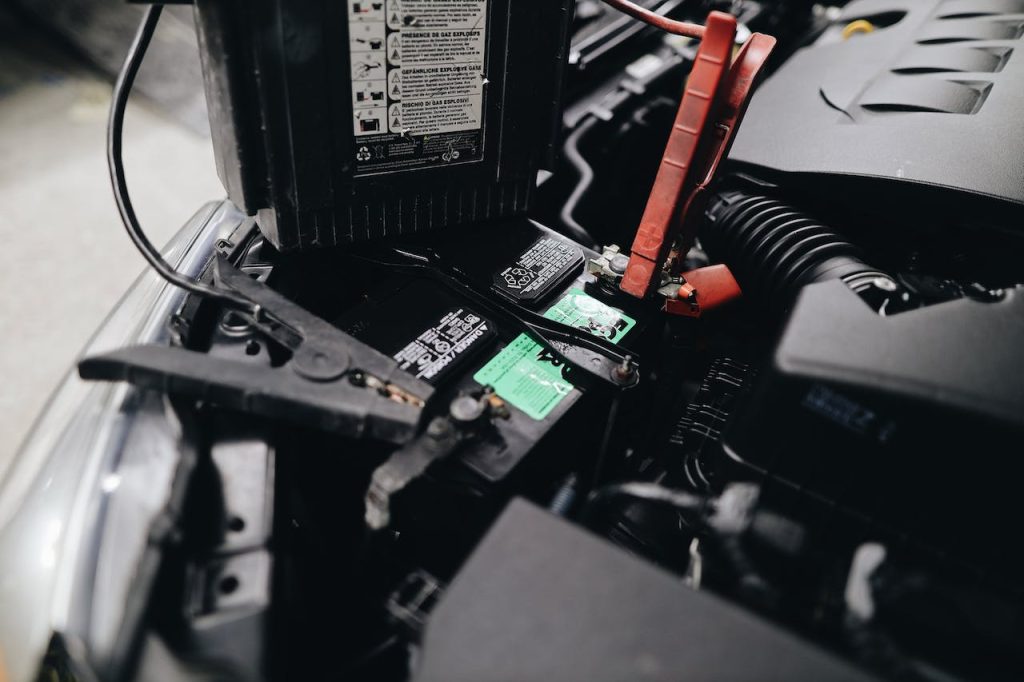In the world of remote control (RC) cars, there’s one crucial component that serves as the lifeblood of these miniature speed demons – the batteries and power systems. Like a human heart pumps blood to sustain life, batteries and power systems, provide the energy necessary to propel these RC cars at incredible speeds and conquer various terrains.
Understanding RC Car Batteries
At the core of every RC car lies its power source – the battery. These batteries come in various shapes, sizes, and compositions, each with advantages and limitations. Let’s take a closer look at the most common types of RC car batteries:
- NiMH (Nickel-Metal Hydride) Batteries: NiMH batteries have long been a staple in the RC car community. They are known for their affordability, ease of use, and relatively good capacity. NiMH batteries are rechargeable and are a solid choice for beginners looking for a cost-effective power source for their cars.
- LiPo (Lithium Polymer) Batteries: LiPo batteries are popular and often in demand due to their high energy density and lightweight construction. These batteries offer impressive power-to-weight ratios, making them a preferred choice for enthusiasts seeking top-notch performance. However, LiPo batteries require careful handling and maintenance to prevent damage or fire hazards.
- LiFe (Lithium Iron Phosphate) Batteries: LiFe batteries are a safer alternative to LiPo batteries. They offer good performance while being more resistant to overheating and overcharging. This makes them a suitable option for those who prioritize safety in their RC car setups.
The Role of Voltage and Capacity
Voltage and capacity are two critical factors that determine the performance of RC car batteries. Voltage represents the electrical potential difference, while capacity denotes the charge a battery can store. In simple terms, higher voltage and capacity translate to more power and longer runtimes for your RC car.
Voltage: RC car batteries typically come in packs with various cell configurations, such as 2S (2 cells), 3S (3 cells), etc. The voltage of these cells is usually 3.7 volts for LiPo and 1.2 volts for NiMH per cell. By connecting multiple cells in series, you can achieve higher voltages. It’s essential to match the battery’s voltage to your RC car’s specifications to ensure optimal performance.
Capacity: The battery’s capacity is measured in milliampere-hours (mAh) for NiMH and LiFe batteries and milliampere-hours per volt (mAh/V) for LiPo batteries. Higher-capacity batteries can provide longer runtimes, but they can also be heavier. Balancing capacity with weight is crucial to achieving the desired balance between power and endurance for your RC car.
Maintaining and Charging RC Car Batteries
Proper maintenance and charging practices are vital to prolonging the lifespan of your RC car batteries and ensuring they perform at their best. Here are some essential tips:
- Charging: Always use a compatible charger designed for your battery type. Follow the manufacturer’s instructions and charge your batteries at the recommended rates to prevent overcharging, which can cause damage or even fires in the case of LiPo batteries.
- Storage: If you plan to store your RC car for an extended period, store the batteries at a partial charge, usually around 50%. Storing batteries fully charged or fully depleted can lead to capacity loss and reduced performance.
- Balance Charging: LiPo batteries require balance charging to ensure each cell maintains the same voltage. This prevents over-discharging of individual cells and extends the overall lifespan of the battery.
Conclusion
In the high-octane world of RC cars, batteries and power systems serve as the heartbeat of speed and performance. The type of battery you choose, its voltage, capacity, and how you maintain and charge it all play critical roles in determining how well your RC car will perform on the track or off-road.
Whether you opt for the affordability of NiMH, the high performance of LiPo, or the safety of LiFe batteries, understanding the nuances of each type is essential. Moreover, balancing voltage and capacity while adhering to proper charging and storage practices will ensure your RC car remains a speed demon for years.
So, the next time you witness an RC car tearing up the terrain at breakneck speeds, remember that behind the excitement lies a well-chosen battery and power system, keeping the heart of the machine beating and the thrill of speed alive.


